Macro Elements
Narrative Theory
Macro is how the media comes across to you the viewer.
Narrative, Genre, audiences, representation
The Three key Theorists are:
Tzetan Todorov, For Simplicity we'll refer to them by
Vladimir Propp, last name only
Claude Levi-Strauss.
Todorov's Theory:
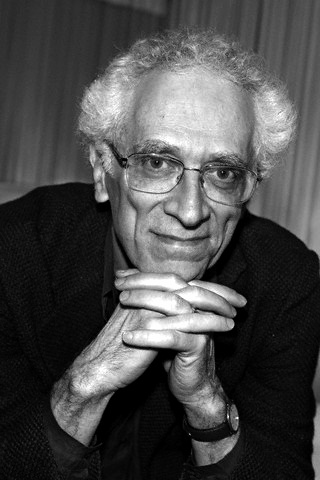 |
| Todorov |
Todorov believed in equilibrium. The idea of equilibrium is that everything is good and normal, there's a "balance in the powers" if you will.
But this balance will not stay so aligned as it then has to suffer some disequilibrium, basically meaning something has to go wrong because if not there wouldn't be any drama or interest
Then it ends with a resolution, whether that's the old equilibrium returning or a one being produced.
The 5 Stages of Equilibrium for narrative are:
- A State of equilibrium
- Disruption of order
- Recognition that disorder has occurred
- An attempt to repair the damage of the disruption
- The restoration of the old equilibrium or the creation of a new
Propp's Theory:
 |
| Propp |
Levi-Strauss' Theory:
 |
| Levi-Strauss |
Stranger Things ⎪ Narrative Theory
Todorov Theory:
- Equilibrium: The Equilibrium starts when the 4 kids are
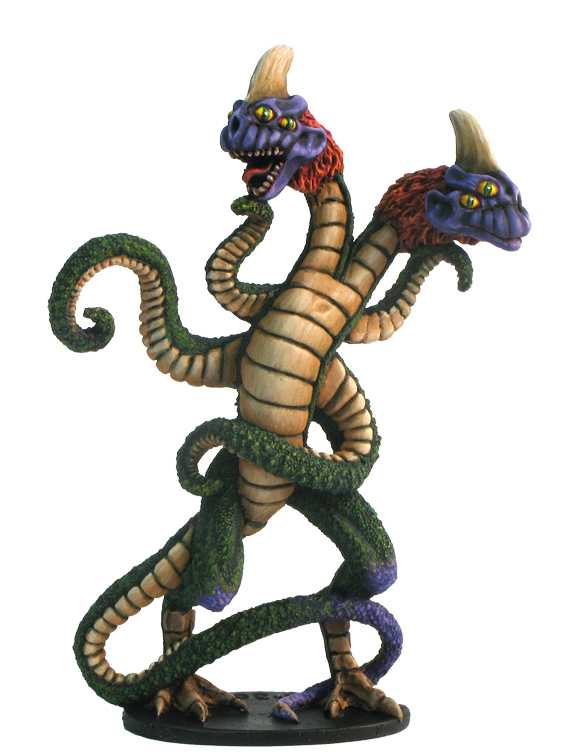 playing DnD and just having a good time. This scene shows how good friends they all are by telling us how long they've waited to play this game and all the planning and also the fact they spent 10 hours playing the game which just shows how much fun they were having.
playing DnD and just having a good time. This scene shows how good friends they all are by telling us how long they've waited to play this game and all the planning and also the fact they spent 10 hours playing the game which just shows how much fun they were having. - Disruption In Order: There's many bits after they stop playing DnD like the static lights, Will going into the restricted area or even how the music changed to make up feel uneasy and that change is happening. But for me the main point is when he actually gets kidnapped as something has actually gone wrong, the other bits were hints leading up to the kidnapping itself.
- Recognition: Like before there are a few times when it feels like the recognition has happened but only one time it was properly achieved for me. Although Will's mum not finding him in his bed is the first time they realise he's missing this isn't the main bit to me. The time i count as they actually recognising it is during the police interview, it shows how serious they believe the situation is and with the cops involved its becoming a more well known thing. It continues later on when hopper sees something in the shed and calls for a whole search party to be launched.
Propp Theory:
Levi-Strauss:
Criminal United Kingdom ⎪ Narrative Theory
For this we are focusing on the "Edgar" Episode which is episode 1, season 1. We will cover each theorem as in-depth as possible.
Firstly I'll list the characters that we'll be talking about:
Doctor Edgar, Hobbs, Tony, Hugo, Venessa, Paul, Anita (Lawyer).
Todorov's Theory:
The Stages of Equilibrium:
- Equilibrium: It starts off with everything fine, just silence in a police interrogation room. All's okay.
- Disruption of order: It's revealed that Edgar is being accused of Sexually Assaulting and murdering his 14 year old step daughter. It's good to note that Edgar has been refusing to answer any questions for 23 hours and will only reply with "No Comment."
- Recognition: The relentless hours of interrogation, its only when Paul replaces Hugo things start to change and the situation is movie forward.
- Repair Damage: Paul replaces Hugo in the interrogation room and starts to get Edgar to talk. Edgar puts the blame on the netball coach, it starts to look promising for him. Until Tony receives a new document of evidence from Hugo which puts all of the blame back on Edgar, he starts getting caught out on small lies and his story crumbles once photographic evidence is shown.
- New Equilibrium: Edgar gets charged with the murder and rape of his 14 year old step daughter. Which means a life sentence.
Propp Theory:
The Stock characters used in this first episode of Criminal UK are as followed:
Villain: Edgar
Father: Edgar
False Villain: Coash Andrews (was accused and we was made to believe he was the bad guy)
The Donor: Hugo ( For giving Tony more evidence)
Victim: Step-Daughter
Hero(s): Hugo, Paul, Tony
Levi-Strauss Theory:
The Binary Opposites included in the "Edgar" episode are:
- Good Vs Evil (Cop Vs Criminal)
- Truth Vs Lies
- Man Vs Woman (both for the struggling relationship with Edgar and his wife and between Hobbs and Paul)
Genre:
Criminal United Kingdom:
The show "Criminal United Kingdom" is about cops catching criminals, getting into their head and making them confess. Mixed with these confessions and interrogations are scenes of the cops personal life and it shows everyone's opinions and thoughts on the cases.
This shows genres seem to be quite clear. I'd say the show is a Drama x Crime show x Mystery.
The show itself does an amazing job at tricking the viewer into changing their opinions of the criminals until the truth is revealed to it could potentially be a psychological.
Steve Neale Theory:
 |
| Neale |
Neale believes all genres should have similar features so the viewer can identify that its that genre instead of another, but also have features that are different so the audience isn't bored of the same basic trope that's used over and over, they need something unique!
the constant need for unique features in genre means its constantly changing, for example the horror genre. It was all about the blood and guts but people started to get bored because that's all that was about, so someone took the step and made a film with jump scares, making that the new trend in horror.
Criminal United Kingdom:
Criminal UK is a great mix between similar features and unique features.
The show itself is a basic cop, crime drama at its core. the interrogation room is where we get the best mix, its a basic cop vs bad guy but they constantly make you rethink your opinions on the character and then they switch it on you in the most unpredictable but predictable turn. for example, Edgar. i went from 100% its him, to not knowing at all, to it definitely being the coach then as quick as the flash it all tumble backs to Edgar. its so basic but so unique, so psychological. If crime shows had the mix so perfect like this i would start watching them more.
I Just thing the way the whole show is presented is unique. usually these cop shows focus more on the cops personal life and their drama while they catch criminals but this show prioritises the crime interrogations over the drama while it still has it.
Audience:
Demographic audience will categorise audience according to their:
- Age
- Household size
- Class
- Education
- Gender
- Marital Status
- Occupation / Income
Advertising
Semiotics
"Creating meaning"
Theorist: Ferdinand De Saussure
Semiotics is the study of signs and symbols and their use of interpretation. "The Language Of Signs"
What is a sign?
A sign is anything that communicates meaning. for example; Body language, Colour, shot type, words.
What's a signifier and what is meant by signified?
A Signifier is the form a sign takes
And signified is the concept that it represents
Denotation / Connotation.
The signified is the obvious meanings of the signifier or sing, we call this the "Denotation"
But many signs have multiple meanings, not just their obvious ones. These are meanings that have been picked up from the culture that they're used by. We call these meanings "Connotations"
Basic Meanings:
Denotation is the literal meaning or description of a word, object or action.
While Connotations are the associations that are made when interpreting a sign.
An example of analysing Denotations / Connotations:
Brokeback Mountain
Denotations:- Young men in denim, Looking down, facing away from each other
- Clothing- Cowboys which means its a western
- The hats are colour clashing
- Cowboys looking down: ashamed, sad?
- Title shows colourful sky
- grey skies, dirt everywhere
- Main Character dramatically peering over trench
- men in back screaming
- Title: I can see this in two different ways.
- Either the gloom from the background is taking over and formed the title
- Or the title is the last smudge of colourful hope for the soldiers
- Maybe because 1917 is nearing the end of the war the title is nearly a new horizon meaning the end of the war?
- The character centre stage tells us the variety of emotion that is felt. Is he scared of the charge over the trench? Petrified from something to the left?
- The explosions and costume tells us about the time period and also the type of film its going to be ( action, history, war)
Genre:
The Keys Of Genre:
Setting / Location - Time, Country, Lifestyle
Props - Narrative, Time
Costume
Poster Genre Analysis:
Whats The Genre?- Action/Crime
How Do We Know The Genre?
In the poster you can see that 2 of what we can assume is the main cast holding guns, from this we can infer that this will be a crime / action film just by this single observation. Also to back this point up is the car being chased by a dozen police cars. Another peice of information we're given is the country and state which we can see on the street sign. Going away from the image partially we can see the Tagline which could hint that music is a big part of the film and could have something to do with the character that has earphones in
Audiences
An active audience are people who interact with the media and are invested. Some examples of an active audience would be people wo make fan art, cosplay, get tattoos and more.
A Passive Audience are people who aren't really watching and are on their phone or doing something else and are just using the media as background noise instead of entertainment.
What do i see myself as? Passive Or Active?
Personally i see myself as an active audience. For example with nirvana, its all i listened to, i love the band so i bought merch. Another example would be Harry Potter , When i watche it when i was younger i had a connection with the characters, i cried when some died and i bought merchandise. But with somethings im not as active for example pop music, I'll listen to it if its out of my control but theres no way I'm listening to it myself. Overall I'd say I'm a mainly active audience.
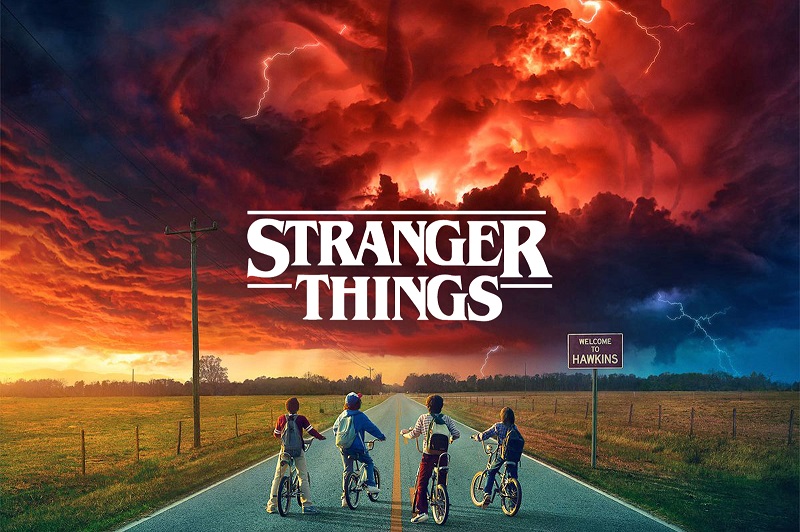

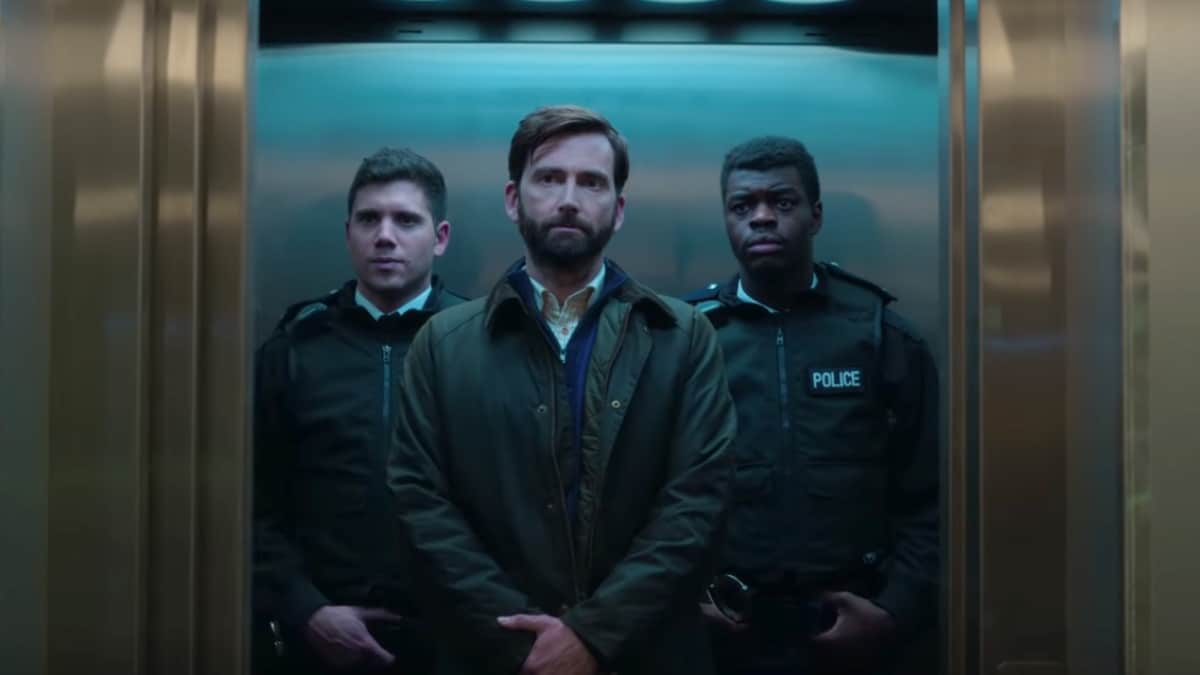
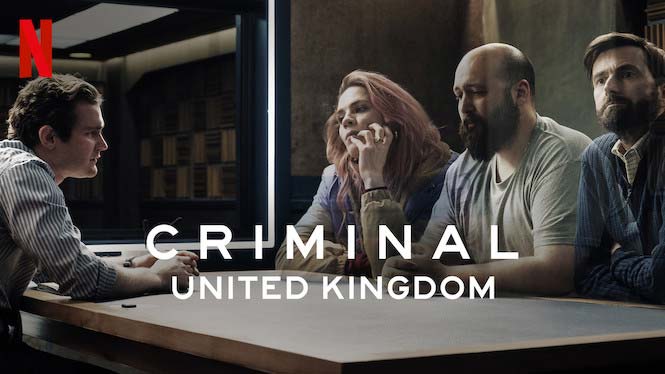





Comments
Post a Comment